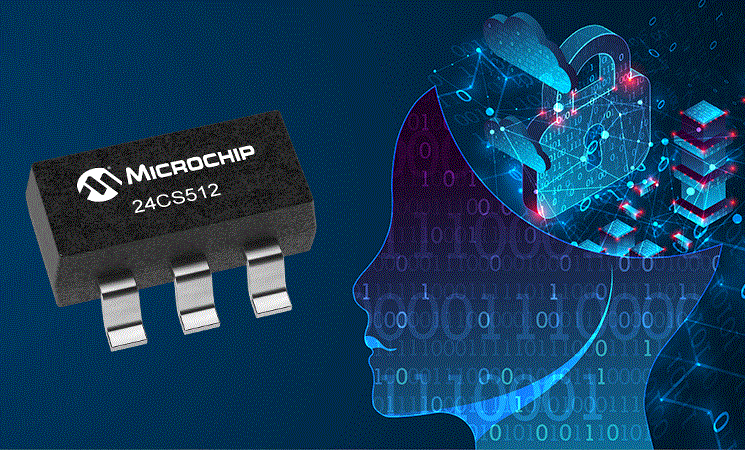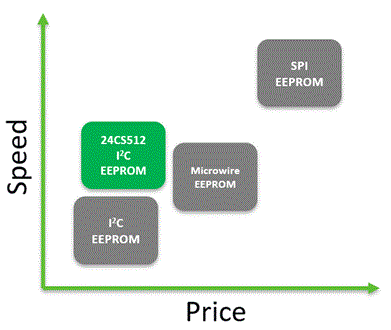Manufacturers
- Abracon
- Adam Tech
- Aerospace, Defense & Marine
- Agastat
- AIC
- AKM Semiconductor
- Alcoswitch
- Allegro
- Alps Electric
- Altera
- AMI Semiconductor
- AMP
- ams
- Analog Devices (ADI)
- Aptina Imaging
- Atmel
- Avago / Broadcom
- AVX
- Axicom
- Bccomponents
- Beyschlag
- BI Technologies
- Bourns Inc.
- Bowei Integrated Circuits
- Bridgelux
- Buchanan
- California Micro Devices
- Catalyst Semiconductor
- CGS
- Cirrus Logic
- Citizen Electronics
- CML Microcircuits
- Coiltronics
- Cooper Bussmann
- Corcom
- Core Logic
- Cree
- CSR PLC
- CTS
- Cypress Semiconductor
- Dale
- Data Image
- Deutsch
- Diodes Incorporated
- DOMINANT Opto Technologies
- E-T-A
- Eaton
- ECS
- Edison Opto
- Elcon
- EPCOS
- Epistar
- Epson
- Everlight Electronics
- Exar
- Fairchild Semiconductor
- FCI
- Freescale Semiconductor
- Fremont Micro Devices (FMD)
- Fujitsu Semiconductor
- Fulltech Electric
- General Semiconductor
- Harvatek
- Holsworthy
- Hsuan Mao Technology
- IDT
- Infineon Technologies
- Innolux
- International Rectifier (IR)
- Intersil
- IRC
- ISSI
- IXYS-IC
- Jing Cheng Electronical
- JL World
- Johanson Dielectrics
- Johanson Technology
- JRC / NJR
- JST
- KEC
- Kilovac
- Kingbright
- Kyocera Industrial Ceramics
- LEDiL
- Linear Technology / ADI
- Lite-On Technology
- Littelfuse
- Lumex
- Lumileds
- Luminary Micro
- Luminus Devices
- Macronix
- Maojwei / ZJPT
- Maxim Integrated
- MCC
- Mean Well Enterprises
- Microchip Technology
- Micron
- Microsemi
- Mini-Circuits
- Molex
- Murata Manufacturing
- Murata Power Solutions
- MWT
- National Semiconductor
- Nichicon
- Nippon Chemi-Con
- NJR / JRC
- NVE
- NXP Semiconductors
- OEG
- Omnivision
- ON Semiconductor
- Optek Technology
- Optrex
- OSRAM Opto Semiconductors
- OTAX
- Panasonic
- Peregrine(pSemi)
- Potter & Brumfield
- Power Integrations
- PowerStor
- Preci-Dip
- Prewell
- Products Unlimited
- Pulse Electronics
- PulseCore Semiconductor
- Qorvo
- Raychem
- Renesas Electronics
- RFMD
- Richtek Technology
- ROHM Semiconductor
- Rubycon
- Samsung Electro-Mechanics
- Samsung Semiconductor
- Schaffner
- Schrack
- Seiko Instruments, Inc. (SII)
- Semtech
- Sensata
- Seoul Semiconductor
- Sfernice
- Sharp Display
- Sharp Microelectronics
- Silicon Labs
- Siliconix
- Skyworks Solutions
- SoniCrest / JL World
- Spansion
- Sprague
- Stanley Electric
- STMicroelectronics
- Sunny Electronics
- Susumu (SSM)
- Taimag
- Taiyo Yuden
- TDK
- TDK-Lambda
- TE Connectivity
- Teccor
- Texas Instruments (TI)
- Thin Film
- Tianma Micro-electronics
- TOCOS
- TOKO
- Toshiba Electronic Components
- TT Electronics
- Tusonix
- TXC
- Tyntek
- Vishay
- Vishay Precision Group
- Vitramon
- Walsin Technology
- Weidmuller
- Welwyn
- Wickmann
- Winbond
- Xilinx
- Yageo
- Zetex Semiconductors
- ZJPT / Maojwei
News
New I2C Serial EEPROM Introduces 3.4MHz High-Speed Mode Operation, Software Write-Protection and Factory Programmed Serial Numbers
2021-08-11 | Return Industry First 3.4 MHz I2C Serial EEPROM Closes the Gap in Trade-Offs Between SPI and I2C Protocols
Industry First 3.4 MHz I2C Serial EEPROM Closes the Gap in Trade-Offs Between SPI and I2C Protocols CHANDLER, Ariz., August 11, 2021 — I2C and SPI are two of the most widely used serial communication buses for embedded systems and each comes with its own set of advantages and disadvantages. SPI is by nature the faster protocol, but that comes at the expense of higher pricing and limited scalability. To close the trade-off gap between I2C and SPI in Serial EEPROMs, Microchip Technology Inc.has released the first commercially available I2C Serial EEPROM with support for 3.4 Mbit/s data rates, the 24CS512, making it the fastest I2C EEPROM in the world.
Until now, I2C Serial EEPROM bus speeds have been limited to 1 MHz, which is sometimes not fast enough, particularly for larger memory size applications. Engineers requiring faster speeds out of their Serial EEPROMs usually choose SPI, which is typically specified for up to 20 MHz speeds. However, they have paid approximately 30 percent higher prices for the added speed while making additional sacrifices in noise susceptibility, design complexity and scalability.
Microchip’s new 24CS family of Serial EEPROMs are now 3 to 4 times faster than previous I2C EEPROMs, starting with the launch of the 24CS512. The 512 Kbit memory provides a balanced solution for applications that benefit from higher data transfer speeds while retaining the simplicity and cost advantage of I2C.

For applications requiring many different devices on the bus, SPI begins to have a scalability problem because each device on the bus requires a separate I/O pin from the microcontroller for Chip Select. More I/O pins often leads to requiring a larger and more expensive microcontroller. I2C has device addressing built into the bus protocol, so it is possible to have many devices on the bus, all sharing the same two clock and data I/O lines. This becomes a key factor as today’s designs are only growing in complexity and the need for a large number of devices on the bus is becoming more common.
“Microchip’s new High-Speed Mode I2C Serial EEPROM expands the available options for meeting complex design criteria.,” says Barry Blixt, Director of Marketing for the memory products business unit at Microchip. “Traditionally the way we look at it, if you need to transfer a large amount of data to a small number of peripherals, then SPI would probably work best. If you need to transfer small amounts of data to many different peripherals, then I2C is likely better. The new 3.4 MHz 24CS512 shifts the trade-off point, enabling more designs to fit in the latter category.”
More Memory in a Small Space
The 5 Lead SOT-23 is one of the most widely used packages for 1-64 Kbit Serial EEPROMs in the industry due to their small size and price point. Previous process technology limitations have prevented the utilization of this package for higher density EEPROMs. The 24CS512 presents a leap forward in geometry that now enables us for the first time to offer a 512 Kbit Serial EEPROM in this small affordable package.
Easy Data Management with Enhanced Protection Features
The 24CS512 makes managing your data easy with its software write protection, lockable ID page, and pre-programmed 128-bit serial number. Traditional I2C EEPROMs utilize hardware based write protection that only allows locking or unlocking the entire memory array via an external pin, which severely limits the possible ways to protect data. The 24CS512 retains this legacy feature, but also divides the memory array into 8 different zones and provides the ability to individually write protect any combination of zones via software.
Need to protect an even smaller section of critical code? The Lockable ID page feature is a 128-byte memory space separate from the main array. This feature is intended to be used for storing things like factory calibration settings, manufacturing data, MAC addresses or other identifying information that can be programmed and then set to read-only. Additionally, each 24CS512 comes pre-programmed from our factory with a globally unique 128-bit serial number that can be used by customers as a unique product identifier. This serial number can eliminate the time-consuming step of performing and ensuring serialization of a product on and across multiple manufacturing lines.
Pricing and Availability
For product information, visit www.microchip.com/24CS512.
For more information on utilizing I2C High-Speed Mode, see our application note AN4051 “Implementing 3.4 MHz I2C Bus Communication with the ATSAMD21 and 24CS Serial EEPROM Family”
Source: http://www.microchip.com/





